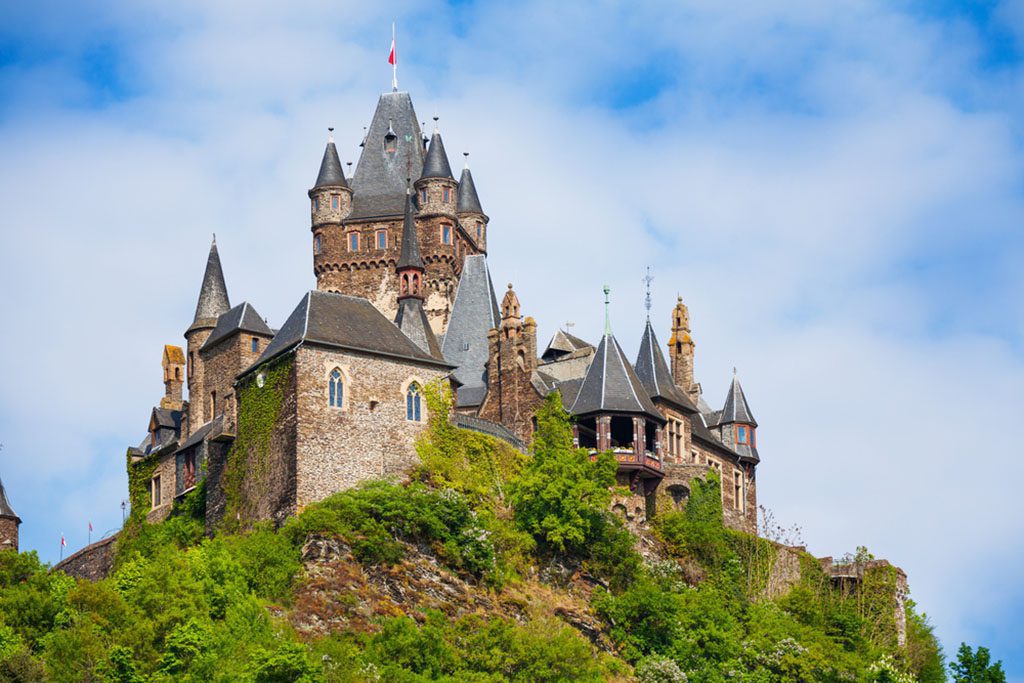Visiting a German castle is like stepping into a scene from a fairy tale, with towers and turrets towering up into the clouds from the tops of the mountains. The castles in Germany are well-known for their storied histories, including noblemen such as knights and dukes, as well as the destruction and destruction caused by war. These historic castles have been brought back to their former splendor and are sometimes even occupied by the descendants of the original owners. Historical relics, works of art, furniture, and even weaponry are among their prized possessions.
10. Reichsburg Cochem
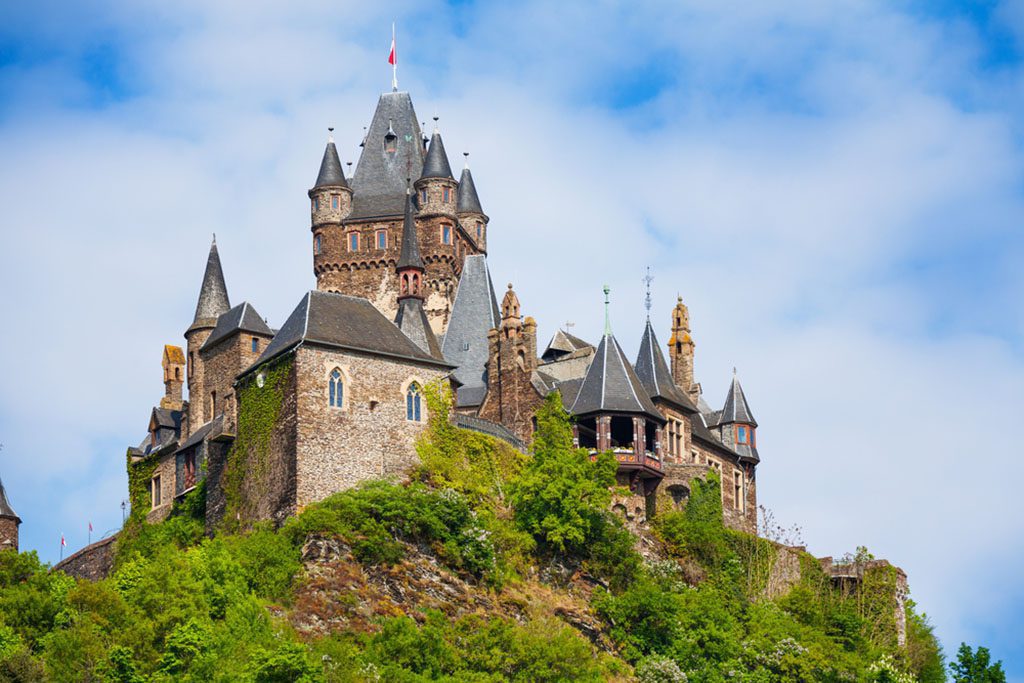
After its original construction by a palatinate count in the year 1000, the Reichsburg Castle in Cochem changed hands when an emperor pawned it to fund his coronation. Back in the 17th century, when Louis XIV of France conquered the area, it came dangerously close to being completely wiped off the map. Neo-Gothic architecture was used to reconstruct the castle. The castle, which sits on a hill overlooking the Moselle River, has exquisite examples of Renaissance and Baroque design.
9. Mespelbrunn Castle
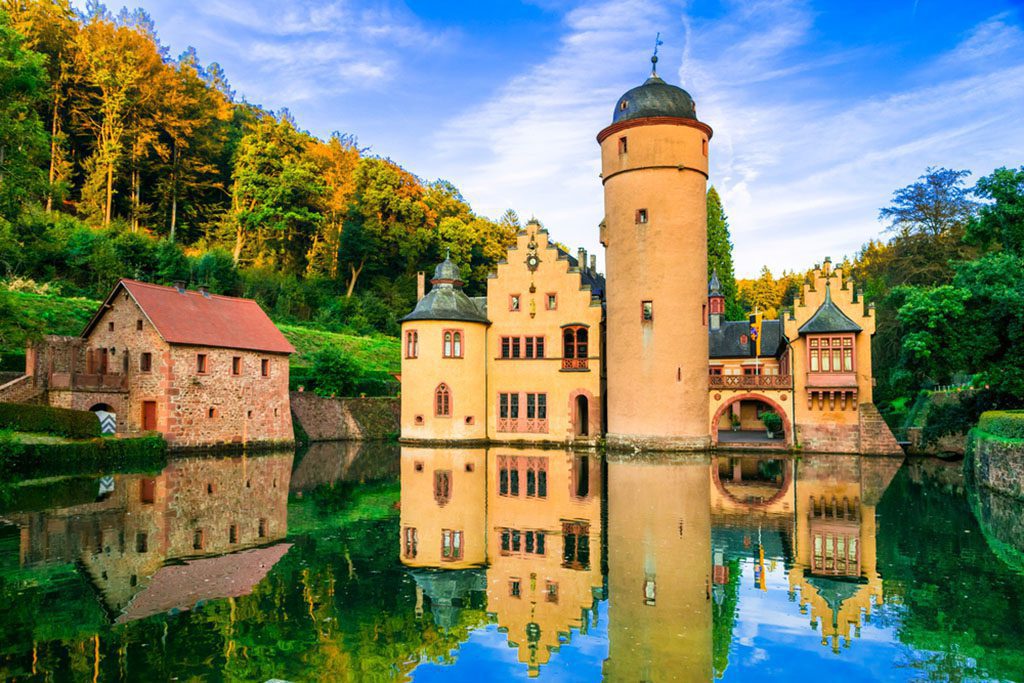
An early 15th-century knight erected the first structure on the site of what would eventually become Mespelbrunn Castle: a modest dwelling on the river. Castle Spessart, located in the Spessart forest between Frankfurt and Wurzburg, may not have the gingerbread appearance of other German castles, but its simple beauty makes it one of the most visited water castles in Germany. One of the most beautiful castles in Europe is this one. The family that owns this castle in northern Bavaria welcomes visitors year-round. The walkways throughout the castle grounds are highly recommended for a stroll.
8. Wartburg
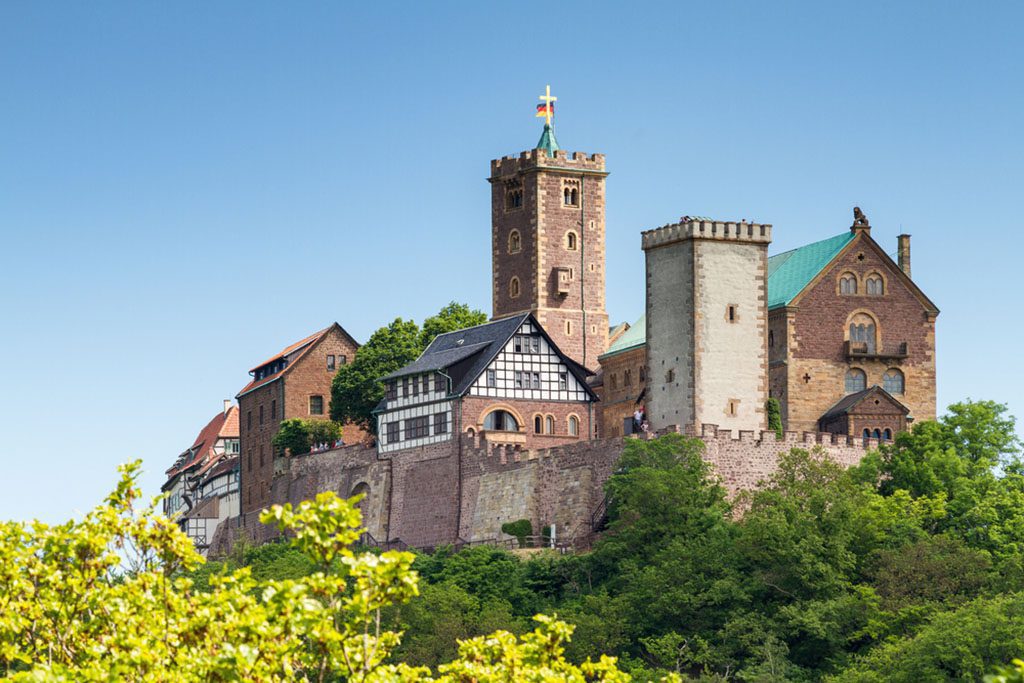
While construction on Wartburg Castle began in the 11th century, the castle didn’t become well-known until the early 14th century. Martin Luther retreated here to Eisenach in the early 16th century to conclude his Bible translation in secrecy. In the 20th century, Adolf Hitler wished to have a swastika installed in place of the crucifix at the castle. Visitors may either ride a shuttle bus up a steep hill or walk up to one of Germany’s finest surviving medieval castles.
7. Lichtenstein Castle
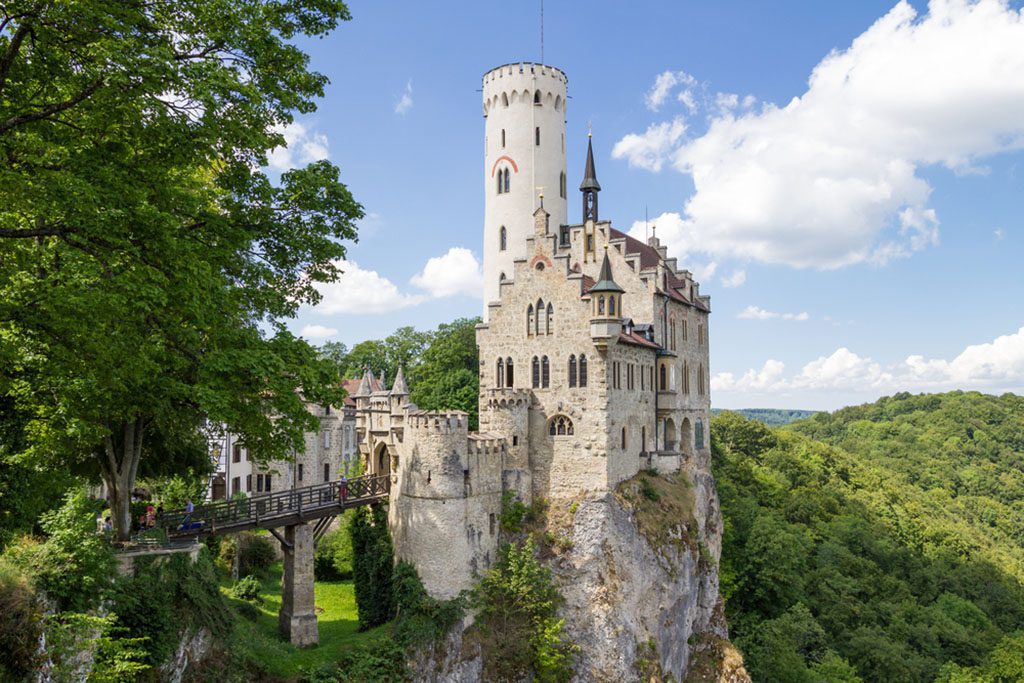
As a tribute to the medieval knights of Lichtenstein, Germany’s Lichtenstein Fortress was constructed in the 19th century, making it a relatively modern castle. Even as early as the 12th century, there was already a castle there, but it had fallen into ruin by the time the present castle was constructed. It proudly occupies the summit of a hill, connected to the opposite summit by a stone causeway. The Neo-Gothic castle in the Swabian Alps, not far from Honau, is famous for its array of period firearms and armor.
6. Schwerin Castle
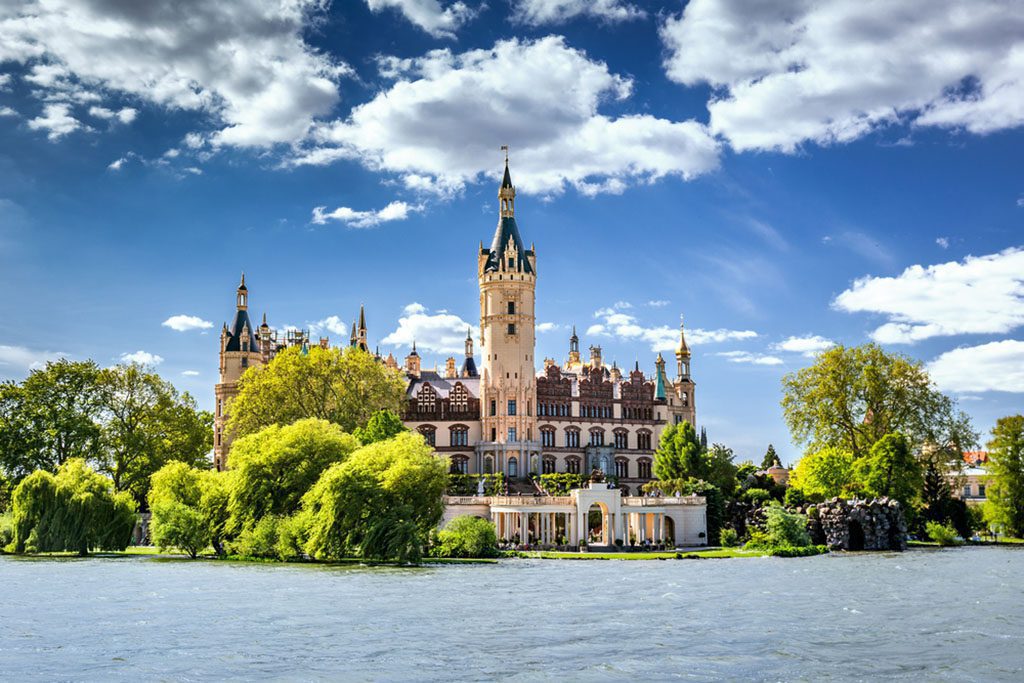
On an island in Schwerin’s major lake stands Schwerin Castle, the site of an ancient fortress that dates back to at least the 10th century. The Mecklenburg family reigned there as grand dukes for centuries. During the last century, it served as both a museum and a college for future kindergarten teachers. The Mecklenburg-Vorpommern state parliament meets in the castle nowadays, and it also houses a museum. Paranormal enthusiasts should keep an eye out for Petermännchen, a local spirit who has been seen dressed in 17th century clothing. The castle’s numerous towers and turrets make it a shining example of historicist architecture in Europe.
5. Heidelberg Castle
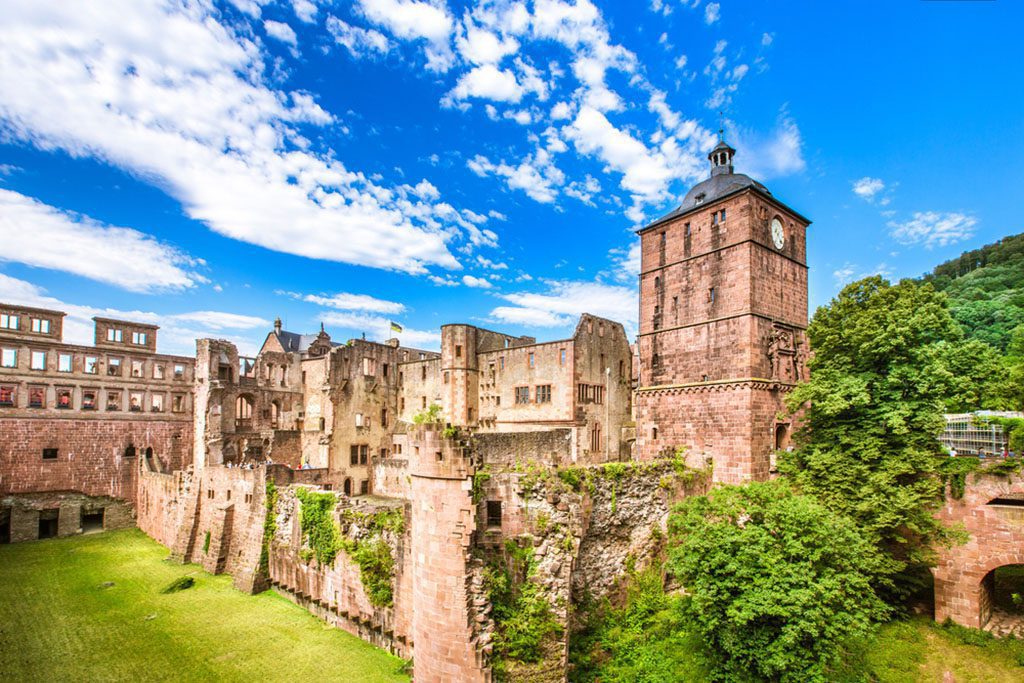
Located 80 meters (260 feet) atop a hill in the northern part of Heidelberg, Heidelbeg Castle offers a commanding panorama over the city’s historic core. The ruined castle is one of the most significant examples of Renaissance architecture built north of the Alps. Since the first castle was constructed there in the 13th century, its history has been lengthy and eventful. After being completely demolished by the French in the 17th century and again by lightning in 1764, the castle’s stones were used to construct new homes in Heidelberg, which had been rebuilt after the Thirty Years’ War. Since then, the castle has been rebuilt many times, resulting in an eclectic mix of architectural styles that only adds to its allure.
4. Hohenschwangau Castle
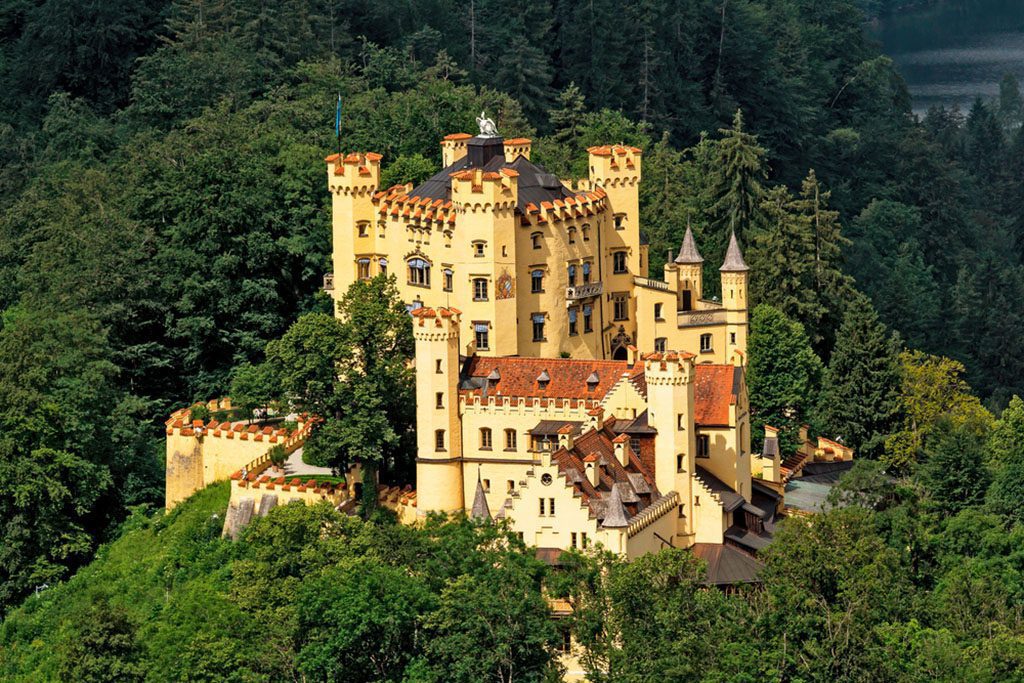
Hohenschwangau Castle was uncovered by Ludwig II’s father, Maximillian II, during his reign as Crown Prince. He discovered it brought him great joy. In spite of it being in ruins, he acquired the castle and had it rebuilt. When the construction was completed, Maximillian utilized it as a hunting lodge and as a summer residence. After Maximillian’s death in 1864, Ludwig II became emperor. Since he never settled down, his mother spent the remainder of her life here. It is situated in the hamlet of Hohenschwangau, near the town of Füssen.
3. Burg Eltz
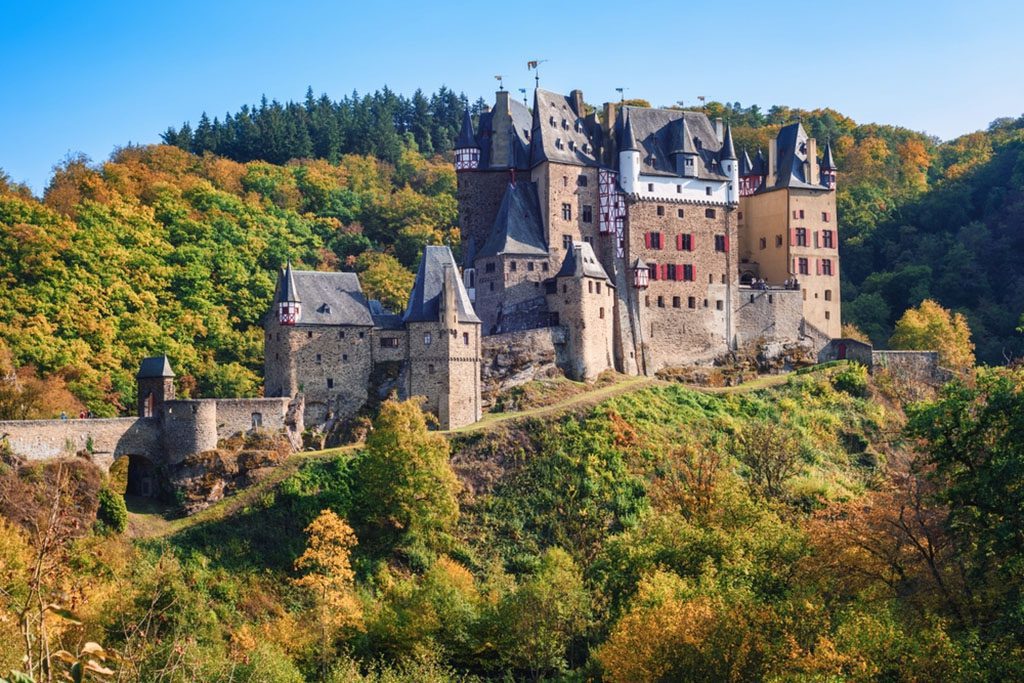
Between Koblenz and Trier, you may find Burg Eltz Castle on the banks of the Moselle. Since its construction in the 12th century, the castle has served as the ancestral home of the families of Rübenach, Rodendorf, and Kempenich. Some of the castle’s original furniture remains. The castle is perched high above the woodland floor on a massive rock. It has never been attacked, adding to the uniqueness of its preserved medieval architecture. It has one of the greatest armouries in Europe, with priceless pieces of china, jewels, and gold and silver armor. The exterior of the castle appeared in the film “The Ninth Configuration” in 1979.
2. Hohenzollern Castle
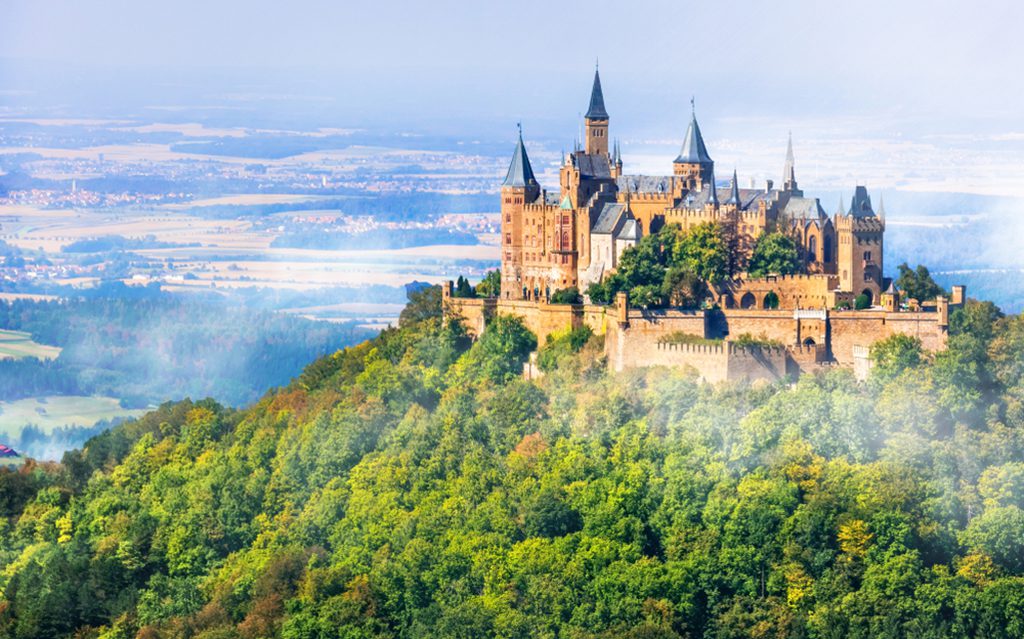
The castle’s origins may be traced all the way back to the 11th century, when construction began atop Mount Hohenzollern. Only the chapel survives from the ancient castle, which was progressively demolished over time. It was the Prussian King Frederick William IV, in the middle of the 19th century, who commissioned the construction of the current castle. Castle Hohenzollern is the family seat of the imperial and royal Hohenzollern dynasties and is located around 50 kilometers (30 miles) south of Stuttgart. This unique castle now houses an extraordinary museum. It houses several priceless artifacts, such as the crown worn by Prussian rulers and a uniform worn by Frederick the Great. It’s privately owned despite being one of Germany’s most popular tourist attractions.
1. Neuschwanstein Castle
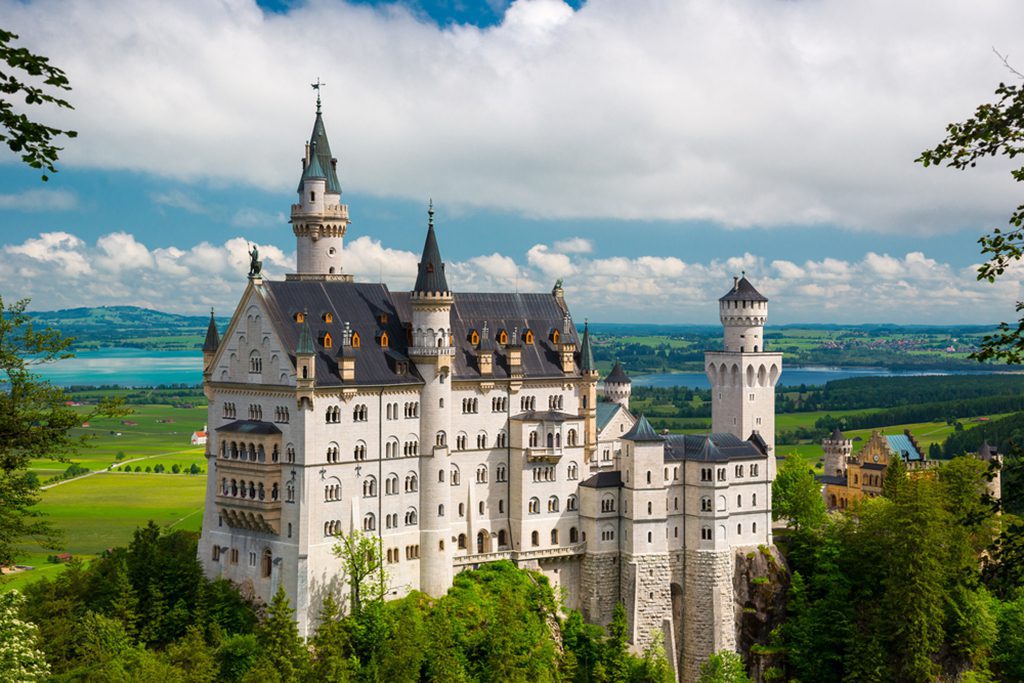
Neuschwanstein Castle is not only one of the most visited tourist attractions in all of Europe, but it is also the most photographed structure in all of Germany. This fairy-tale castle, located in the picturesque Bavarian Alps not far from the town of Fussen, was the model for Sleeping Beauty’s castle in Disney’s Sleeping Beauty. Neuschwanstein, which was erected in the late 1800s, was not designed to serve as a fortress. Instead, Ludwig II of Bavaria wanted a whimsical hideaway, so this castle was built for him. Every room in the castle is decorated with stunning chandeliers and works of art, but the third level is entirely dedicated to Ludwig’s obsession: scenes of swans from operas by the famed composer Richard Wagner, whose work Ludwig adored.


